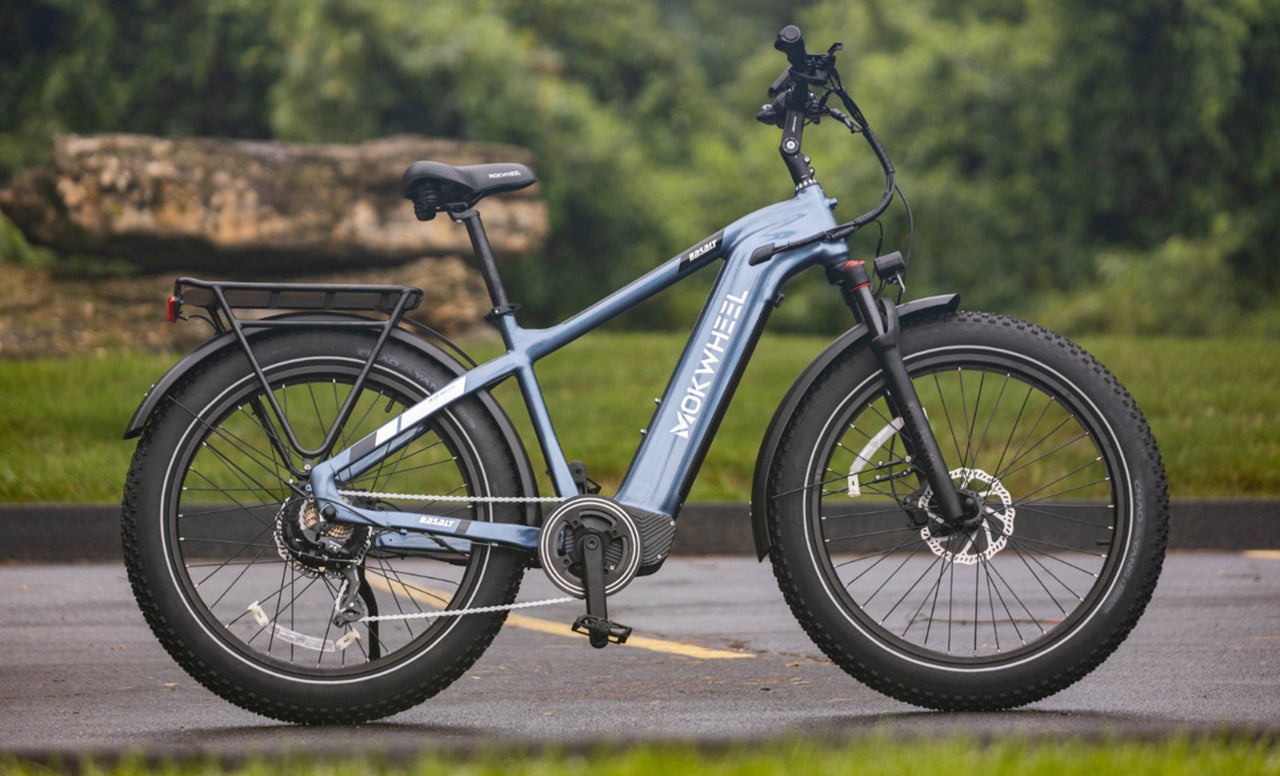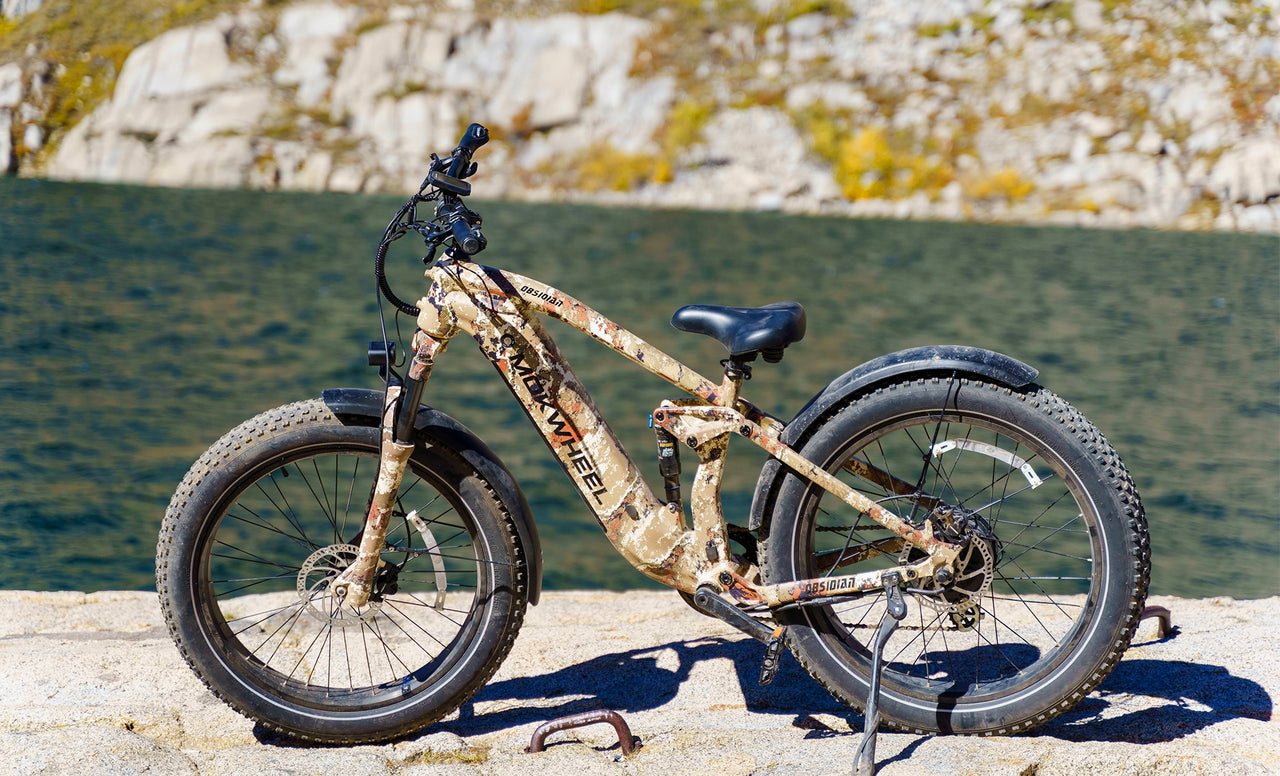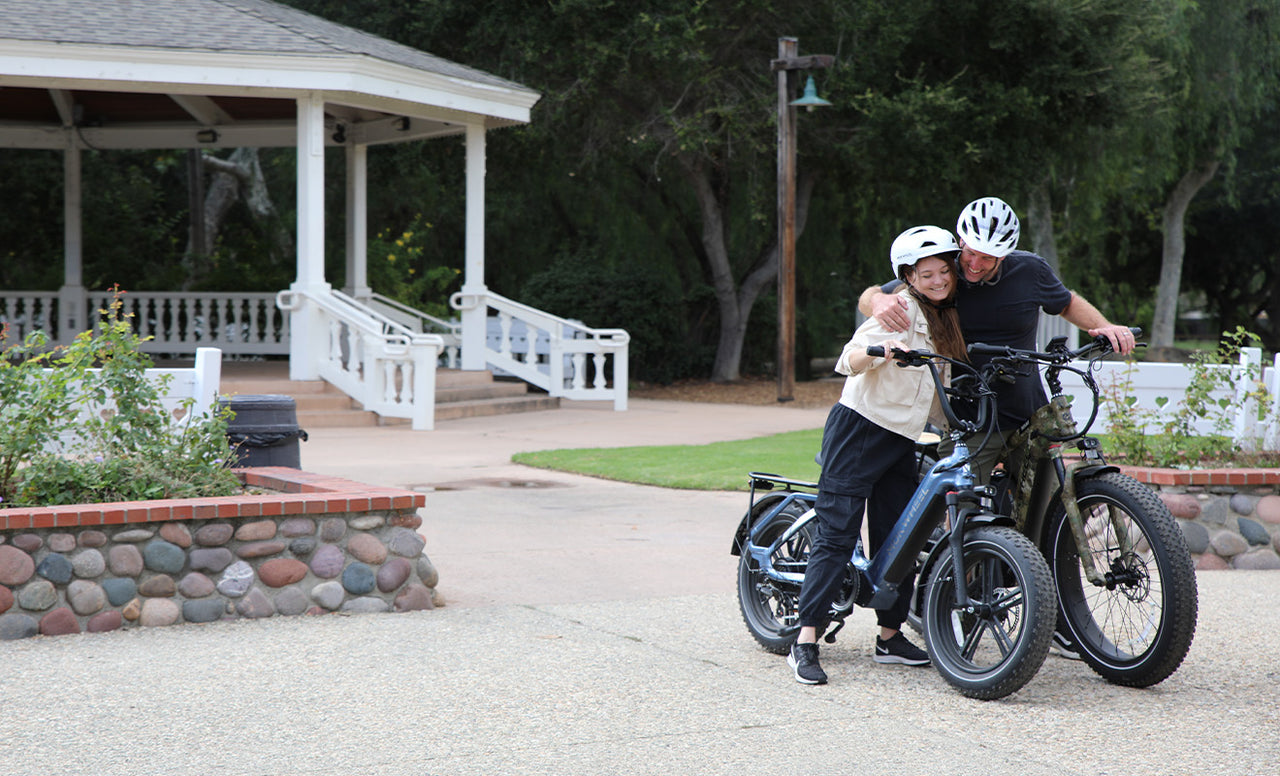Featured Blog Posts

Read More

Read More

Read More

Read More
 Free Shipping
Free Shipping
 15-Day Returns
15-Day Returns
 2-Year Warranty
2-Year Warranty
 Free Shipping
Free Shipping
 15-Day Returns
15-Day Returns
 2-Year Warranty
2-Year Warranty
 Free Shipping
Free Shipping
 15-Day Returns
15-Day Returns
 2-Year Warranty
2-Year Warranty
Buy 2 E-Bikes,Get $200 OFF!

Tired of traffic jams, bumpy roads, and underpowered e-bikes? Seeking a ride that masters city commutes, weekend adventures, and your budget? Meet the Mokwheel Tarmac...
Tired of traffic jams, bumpy roads, and underpowered e-bikes? Seeking a ride that masters city commutes, weekend adventures, and your budget? Meet the Mokwheel Tarmac...

As the demand for urban commuting grows, more people are choosing electric city bikes as their daily transportation. Not only are they eco-friendly and time-saving,...
As the demand for urban commuting grows, more people are choosing electric city bikes as their daily transportation. Not only are they eco-friendly and time-saving,...

In the evolving world of city mobility, cruiser-style electric bikes are taking center stage. With their relaxed geometry, upright riding position, and classic aesthetic, they’re...
In the evolving world of city mobility, cruiser-style electric bikes are taking center stage. With their relaxed geometry, upright riding position, and classic aesthetic, they’re...

At Mokwheel, we don’t just build e-bikes — we build relationships. This past weekend at MOKCON 2025, our annual dealer convention for the Top 25,...
At Mokwheel, we don’t just build e-bikes — we build relationships. This past weekend at MOKCON 2025, our annual dealer convention for the Top 25,...

"I never imagined I could power a projector and speakers with my e-bike... until Mokwheel let us host movie nights under the stars at our...
"I never imagined I could power a projector and speakers with my e-bike... until Mokwheel let us host movie nights under the stars at our...

Mokwheel’s Solar-Ready E-Bike: Ride Farther, Charge Freely, and Keep the Adventure Alive
Mokwheel’s Solar-Ready E-Bike: Ride Farther, Charge Freely, and Keep the Adventure Alive

Ride Green, Snap a Photo, and Claim Your Prize!
Ride Green, Snap a Photo, and Claim Your Prize!

If you’re searching for the best electric bike for city commuting, the new Mokwheel Tarmac is here to transform your daily rides. Mokwheel, a trusted...
If you’re searching for the best electric bike for city commuting, the new Mokwheel Tarmac is here to transform your daily rides. Mokwheel, a trusted...

We’ve always believed in transparency, even when the news is tough. Today, we’re writing to share an urgent update - and to give you one last...
We’ve always believed in transparency, even when the news is tough. Today, we’re writing to share an urgent update - and to give you one last...

500W electric bikes are a perfect balance between power, efficiency, and affordability. Whether you're a commuter, a recreational rider, or someone looking for an eco-friendly...
500W electric bikes are a perfect balance between power, efficiency, and affordability. Whether you're a commuter, a recreational rider, or someone looking for an eco-friendly...

Read More

Read More

Read More

Read More
Stay up-to-date with the latest Mokwheel news. Sign up today.

We use cookies to enhance your browsing experience, serve personalized ads or content, and analyze our traffic. By clicking "Accept", you consent to our use of cookies. Cookie Policy


